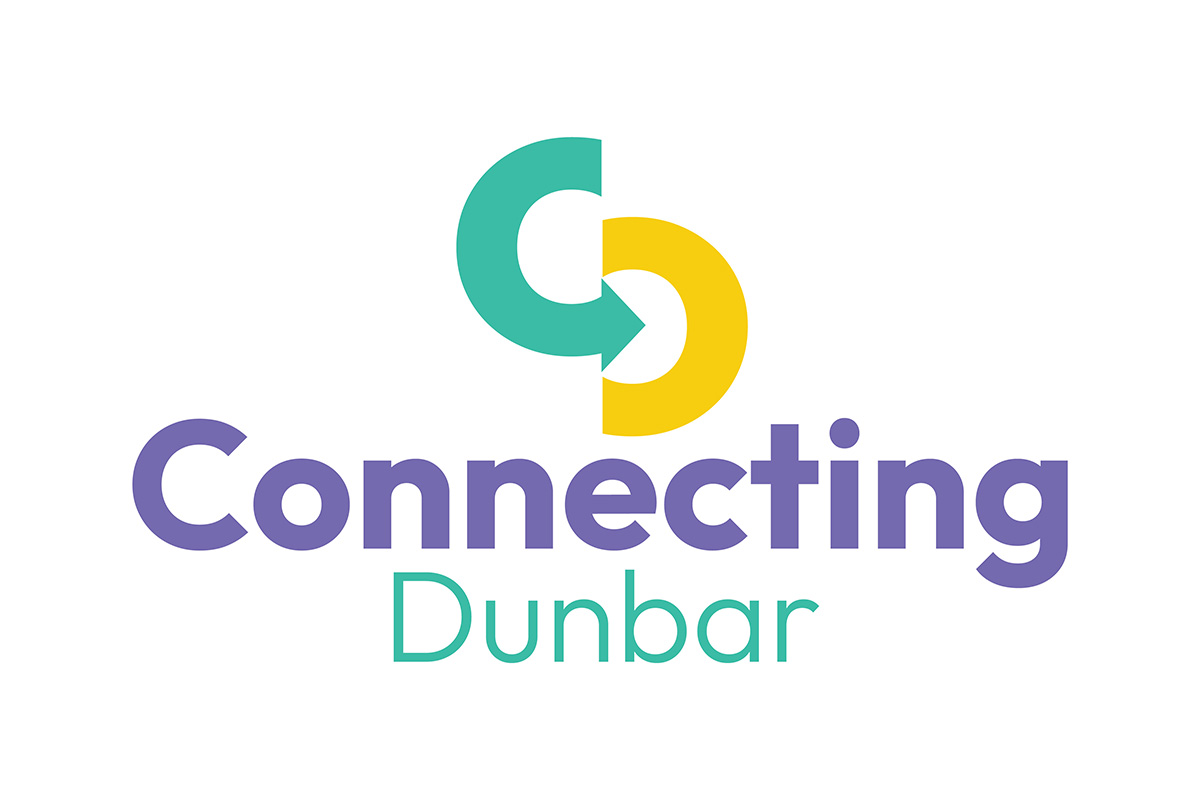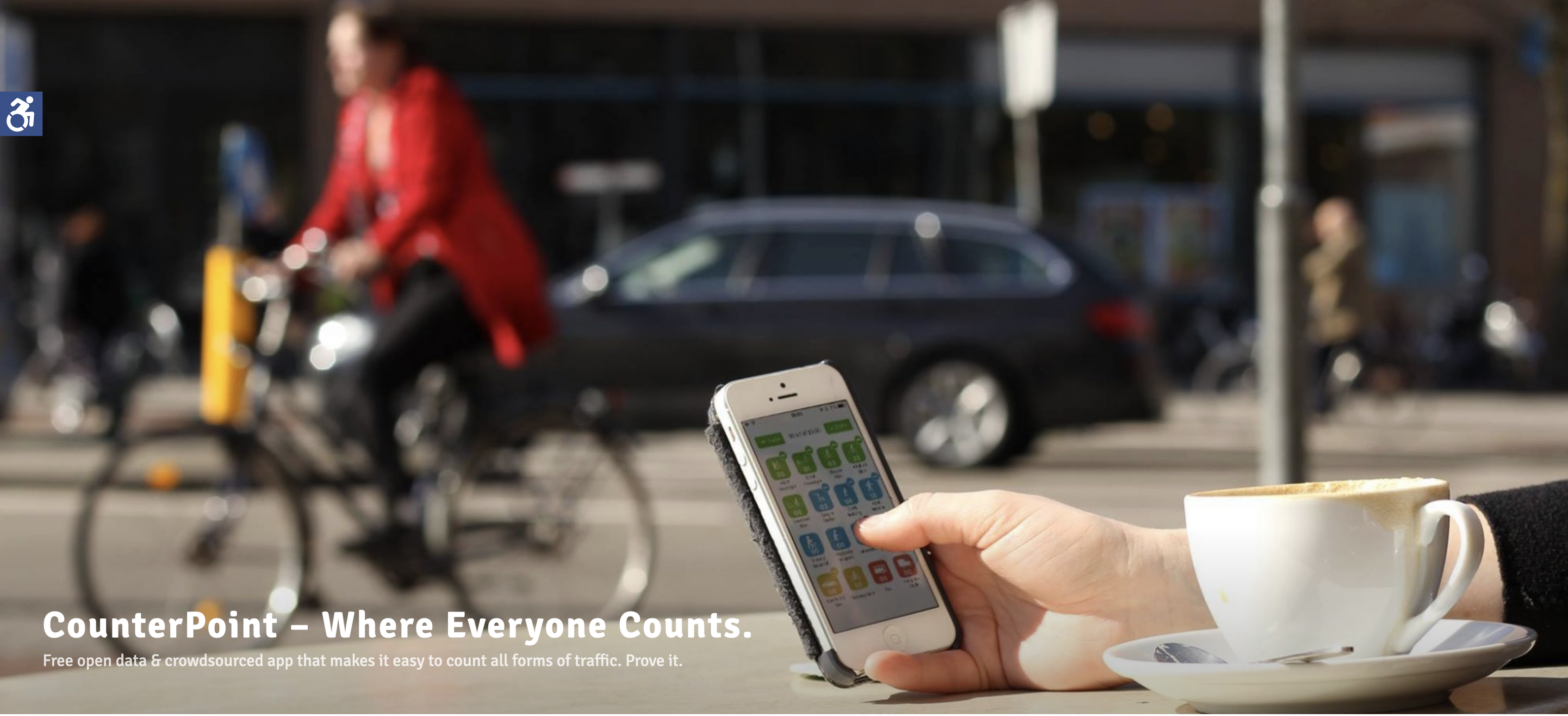We assessed the tools available and their applicability to this project. Our efforts focused on the following three elements. We have collected a robust data set for the first 2 and a flexible methodology to deploy the third survey in the spring, preferably with the co-operation of High Street traders.
| Templates | Summary | Comment | Proposal | Files | Links | |
| 1 | Age and gender tally | This tool is observational. The surveyor counts people. An approximate age is estimated and the gender. There is no contact with the subjects observed. | This could provide useful information, if combined with other techniques to enumerate transport mode. It could be applied where there is a hypothesis that age and gender influence modal preferences and we wanted to gather a lot of data fast. | Deploy as needed, in subsequent stages | age-and-gender-tally-1.pdf | |
| 2 | Building facade activation | This tool helps you study the public life of a street. When the facades of buildings are interesting, people will often slow down and engage in other activities than simply walking by. | This project is not about urban design per se. Different High Street locations (and buildings) may be more or less attractive, but our working hypothesis is that other variables are more likely to influence modal preferences tham the look of the buildings, though objectively many are in a poor state of repair. | Not this project | building-facade-activation.pdf | |
| 3 | Participant survey | This tool is a short on-street questionnaire which gathers by interview frequency, transport mode, residency, reason for visit, where headed, duration, reactions to the neighbourhood and the immediate space, in 3 words and 2 things you would like but cannot do today. It covers personal safety and also whether the individual recognises anyone. Some demographic details are included. | The first dozen or so questions could be lifted more or less and deployed either in by paper questionnaire or delivered via a phone app or post visit via a QR. The survey needs to be quick to complete and help to characterise a sample of the population using different locations. So the question is which locations are of interest. The Bleachingfield? The High Street (2 or 3 locations). Where are people parking? What influenced their choice that day. | Yes. We have adapted the survey which should help us understand the trip preferences on the day. This survey is not about propensity or hypotheticals rather it focuses on trip dynamics. | participant-survey.pdf | |
| 4 | People moving count | This tool is a rapid assessment of people only, either walking or running or cycling or wheeling or supported (young and wheelchair) | The people focus is limited to 5 buckets, which makes it very manageable in a setting where there are less than 200 people moving across your survey line every 20 minutes. | The counterpoint survey tools (see below) are more interesting and have a ready made app, which makes the data gathering side quicker. | people-moving-count.pdf | |
| 5 | Place inventory | This tool is about the physical features of a space and how they support the experience of spending time there. The Place Inventory Sheet has two overall components: Inventory of the PHYSICAL FEATURES in a place that support public life. And then the An assessment of the EXPERIENCE that the public space provides. How does the space feel, look, etc.? | This tool could be very useful in 2 situations. If you are researching a setting with a view to making improvements, or researching multiple settings, with a view to targeting improvements where people’s reactions are most -negative. | Our conclusion is that it would be more useful to deploy this at a later stage once interventions have been identified, with a view to designing additional improvements to complement e.g. a new path. | place-inventory.pdf | |
| 6 | Stationary activity mapping | This is a mapping tool to identify what people are doing outdoors. A snapshot of all activities taking place in a study/survey area at a given moment. As the name implies it is a stationary mapping tool. The postures of interest are Standing, Public sitting, Private sitting, Commercial sitting, Informal sitting, Lying down, Multiple movement. Activities of interest include: Waiting for transportation Consuming food and beverage; Commercial activity; Conversing; Cultural activity; Recreation and play/exercise. | This is a useful tool at a destination where people are no longer moving. They have arrived at a square, a bus stop or transportation hub, an open space. Mapping the activities helps gauge how people are reacting to the external environment, perhaps whether they are relaxing etc. | This tool seems more relevant in a city setting or as a targeted survey in an area that previous surveys have identified as problematical | stationary-activity-mapping.pdf | |
| 7 | Social Space Survey | This tool helps you look at how public space design and programming catalyze or hinder social interaction and inclusivity. The survey is meant to be used as an engagement and evaluation tool for communities and design professionals. | This tool is not part of the Sustrans set. It is less about “how you get there” rather how you move in that place. Qs such as Does the place offer a variety of places to sit and rest? Does the place offer things to look at / nice views? Does the place have a slope or steps that are nice for sitting? Does the place have gateways or well-defined entrances? Although the questions appear simplistic, the tool is quite advanced and would require mature and experienced observers to undertake the evaluations. | This tool seems more relevant in a larger city setting with an order of magnitude greater numbers of people visiting or there was a desire to fundamentally alter a destination (e.g. pedestrianise). | Social Space Survey | |
| 8 | Urban95 field guide adapted for under 95cm | This tool combines many of the above but in a setting where improvements are being targeted at small children under 95cm. | These would be useful in a situation where considerable data were being gathered so as to target interventions at this younger demographic. Included here for completeness. | No | urban95-field-guide- Gehl adapted for 95cm and below.pdf | |
| 9 | Counterpoint | CounterPoint is a general Public Life Survey toolset. It crowdsources data using a citizen science approach, doesn’t collect PII. It is highly transparent, simple and comparable with commercial automatic count tools. Except that anyone can download a spreadsheet with minute-by-minute record of the counts done at any location. An engineer or planner can verify data easily (to address a complaint) by simply viewing it or doing a count themselves – further adding to the history of counts at a given location. Users can join a survey team and count locations identified previously or create their own. The toolset includes: Regular Traffic Count (full mode survey); Easy Traffic Count (4 modes); Car Occupancy Count (e.g. 1,2,3,4+); Bicycle Gender Count; Stationary Activity Survey (similar to the Gehl Public Life Tool); Building Types Survey; Bike Racks Survey (# and #occupied) | We’ve not tested all the tools. The Easy Traffic Count has now been deployed over a few days gather circa 300 minutes of data in a single location. We have found that patterns emerge very quickly with small sample intervals and fidelity. Twenty minutes or sessions counting up 200 persons + vehicles reveal underlying potential problems fast. The methodology requires a little bit of participant agreement to ensure classification is broadly accurate but can also be undertaken by a single individual to increase comparability. The full survey is much more fine grained but much harder to implement. We are currently evaluating the data management tools and export. | We have deployed the basic count tool, as this appeared to us to have the highest return on investment and ease of deployment, training and analysis. We have adapted the inventory surveys and opted for using local knowledge to extend openstreetmap, e.g. as to where bike parking locations are, traffic calming measures, barriers etc and add to that as the project progresses. | Online resources | https://counterpointapp.org/how-it-works/ |
| Extensions to the toolkit | ||||||
| 10 | PLF complete guide | pl_complete_guide.pdf | ||||
| 11 | The twelve quality criteria | The Twelve Quality Criteria worksheet is structured around three main themes: Protection, Comfort, and Enjoyment. First, without basic protection from cars, noise, rain, and wind, people will generally avoid spending time in a space. Protection from these things is critical for a space to be regularly used. Second, without elements that make walking, standing, sitting, seeing, and conversing comfortable, a place generally won’t invite anyone to spend time there. Options for play and exercise can also make the space more inviting to people of all ages. | twelve-quality-criteria.pdf | |||
| 12 | Openstreetmap | This is a database of features, continuously updated by volunteers and some companies and public bodies (e.g. transportation authorities provide bus stop data in the UK, using NAPTAN | This tool is invaluable as it provides a fair assessment of the range and exact position of a range of assets that are relevant to planning. Moreover there are simple tools that enable anyone to update an asset. We can export assets and theoretically bulk import them too. | Rather than count infrastructure using a bespoke mapping survey tool, this alongside other map based tools can help us identify existing assets, barriers, traffic calming etc, in the same way that the bikedata webservice by Cycle Streets does. We are still evaluating the database ELC has provided to the Improvement Service. | ||

